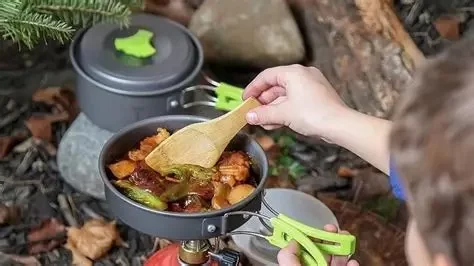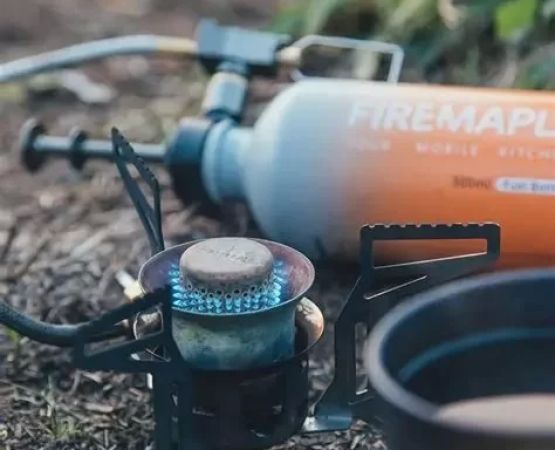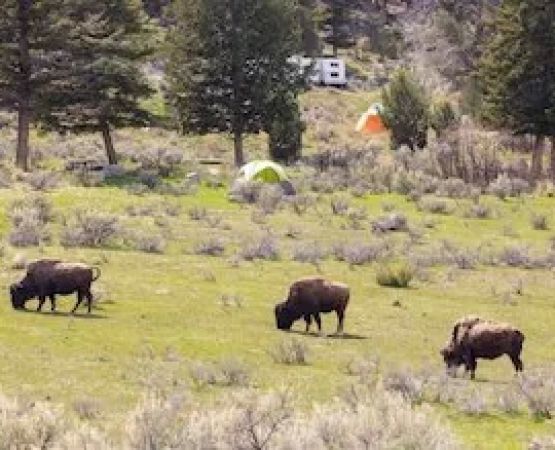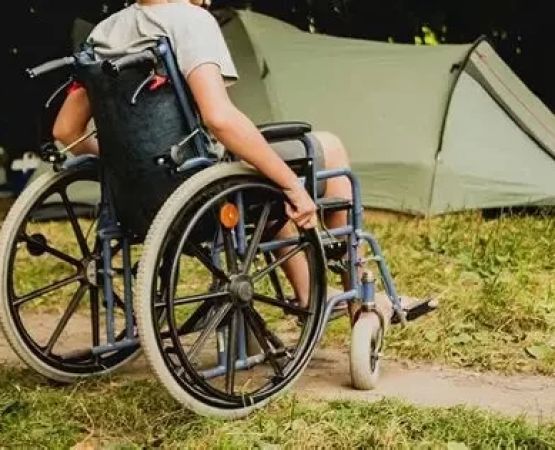- #choosing-the-right-backpacking-cookware-set—solo-trips—lightweight-durable-gear
- #understanding-your-cooking-style—boil-only-vs-full-meal-prep—fuel-efficiency
- #material-options—aluminum-vs-titanium-vs-stainless—pros-and-cons
- #compact-and-packable—nesting-designs—space-saving-strategies
- #weight-vs-durability—trade-offs-for-solo-backpackers
- #heat-distribution-and-performance—cooking-evenly-in-the-wild
- #utensils-and-accessories—what-to-include—what-to-skip
- #real-world-stories—mistakes-to-avoid—lessons-learned
- #care-and-maintenance—longevity-tips—field-cleaning
Choosing the Right Backpacking Cookware Set for Solo Trips
When you’re out on the trail alone, every ounce matters—and so does every bite. Choosing the right backpacking cookware set for solo trips is about finding the perfect balance between weight, durability, and cooking performance. The wrong set can make your trip heavier than it needs to be or leave you frustrated when your pasta sticks to the pan. The right set? It can turn a simple meal into a trail-side moment worth savoring.
1. Understanding Your Cooking Style
Before picking any cookware, think about what you’ll actually be cooking. Some solo backpackers stick to the “boil-only” method—instant noodles, dehydrated meals, oatmeal—where a small pot is all you need. Others enjoy trail gourmet cooking, bringing along ingredients to sauté, simmer, or even bake. Your style determines everything from pot size to fuel type.
1.1 Why Fuel Efficiency Matters
If you’re melting snow for water or cooking in windy conditions, a pot with a heat exchanger base can save precious fuel. In long-distance solo trips, every fuel canister saved means less weight to carry.
Material Options: Aluminum vs. Titanium vs. Stainless
Each material offers its own balance of weight, heat performance, and durability.
2. Aluminum
Affordable and excellent for even heat distribution, aluminum cookware is a favorite for beginner backpackers. However, it can dent more easily and usually requires a nonstick coating to prevent food from sticking.
3. Titanium
Titanium is ultralight and incredibly strong, making it a go-to for solo hikers counting every gram. Its downside? It tends to have hot spots, so it’s better for boiling water than slow cooking.
4. Stainless Steel
The heaviest option, but also the most durable. Stainless cookware shines for those who want gear that can take a beating—great for rugged trips where gear might get knocked around.
Compact & Packable Designs
Space is at a premium in any solo pack. Look for nesting cookware sets where the pot, pan, and even a small mug or bowl fit together. Many ultralight setups store the stove and fuel canister inside the pot itself—saving room for other essentials.
Balancing Weight and Durability
The lighter your cookware, the easier your hike—but shaving too much weight can mean sacrificing strength. On a recent solo trek in the Rockies, one hiker’s ultralight pot warped after just three days of use over a roaring campfire. A slightly heavier titanium model might have avoided that.
Heat Distribution & Cooking Performance
Even cooking is crucial if you want more than just rehydrated meals. Wider pots with thicker bases help spread heat evenly, reducing the risk of burnt spots. If you like real cooking on the trail, performance should matter as much as weight.
Utensils & Accessories: Essentials Only
For solo trips, keep it minimal: a long-handled spoon or spork, a small knife, and maybe a lightweight spatula. Skip bulky plates—eat straight from the pot. Silicone pot grippers or foldable handles are worth their grams for safety.
Real-World Stories & Mistakes to Avoid
A thru-hiker once shared how she carried a full two-person cookware set “just in case” and regretted it within the first mile. She ended up mailing half her gear home. The lesson? Choose only what you’ll actually use—and test it before hitting the trail.
Care & Maintenance for Longevity
Clean cookware promptly in the field to prevent stubborn buildup. Use biodegradable soap away from water sources. Store cookware dry to avoid corrosion, especially for aluminum and steel. A well-maintained set can last for years, making the initial investment worthwhile.
Finding the Best Gear Without Guesswork
For curated, trail-tested backpacking cookware sets that balance weight, performance, and durability for solo trips, Pine Cliff Resort offers recommendations tailored to real outdoor conditions. You’ll find gear suited to both weekend getaways and extended backcountry adventures—without the trial-and-error.







